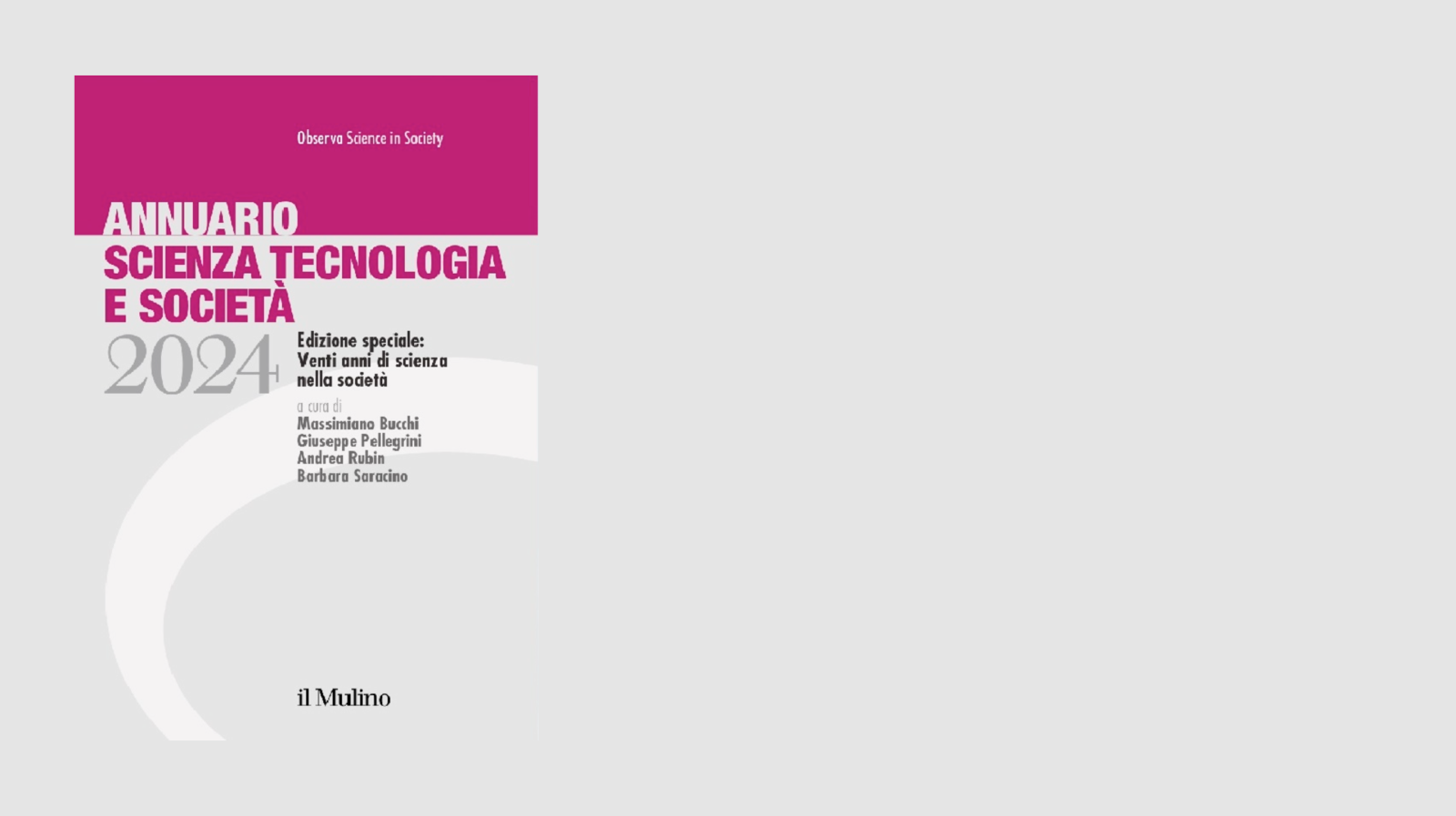The gene which serves to increase rice grain yield by 20% was discovered by a group of Asian researchers along with the support of Italians. The work which was presented in Nature in August confirms the importance of safeguarding the genetic variations which form part of the agronomic species in question which are no longer cultivated. The PSTOL1 gene – Phosphorous Starvation Tolerance 1 – has, in actual fact, been isolated from the traditional rice variety named Kasalath, of Indian origin, which grows successfully in soil with low phosphorous content. PSTOL1 enables the rice plant to develop much larger rootage and therefore absorb, with greater effectiveness, the phosphorous, the shortage of which, in some of the main so-called rice cultivation areas, significantly limits rice productivity.
“The lack of phosphorous – explains Prof. Martin Kater from the University of Milan, who leads the Italian research group, which includes Dr. Ludovico Dreni and Dr. Paolo Pesaresi - represents one of the main factors serving to reduce rice grain yield, particularly where cultivated in acidic soil which limits absorption or in conditions which do not enable irrigation”.
This gene may contribute to the creation of new high-yield rice varieties, according to rapid time frames and with the assurance that the new varieties will be able to absorb phosphorous extremely effectively. These varieties will enable limited use of fertilizers and may also grow in soil lacking phosphorous, often owned by farmers who do not have the financial means to purchase the necessary quantities of fertilizer”.
At present, rice varieties containing the PSTOL1 gene are being studied in the Philippines and in Indonesia, where there is a great lack of phosphorous. These varieties, with a 20% greater rice grain yield when compared to the traditional varieties and which do not contain the PSTOL1 gene, may be brought to the market and cultivated within a few years time. The project, led by Dr. Sigrid Heuer from the prestigious “International Rice Research Institute IRRI” in Philippines has encountered the support of, in addition to the University of Milan, other institutions such as “Japan International Research Center for Agricultural Sciences” and the “University of the Philippines Los Baños” and the project has been financed by the “CGIAR Generation Challenge Program”.
Rico Gamuyao, Joong Hyoun Chin, Juan Pariasca-Tanaka, Paolo Pesaresi, Sheryl Catausan, Cheryl Dalid, Inez Slamet-Loedin, Evelyn Mae Tecson-Mendoza, Matthias Wissuwa, Sigrid Heuer. The protein kinase Pstol1 from traditional rice confers tolerance of phosphorus deficiency. Nature (2012) 448: 535-539

